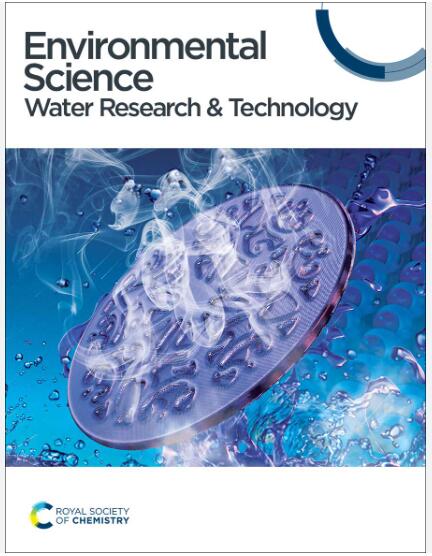纺织工业用藻类染料
IF 3.1
4区 环境科学与生态学
Q3 ENGINEERING, ENVIRONMENTAL
引用次数: 0
摘要
藻类的应用日益普及。从生物燃料到营养物、化妆品、药品,以及最近的油墨和纺织染料。由于藻类的高脂含量最适合作为石油基产品的替代品,并且由于它是负碳和环保的,藻类染料可以为纺织工业染色阶段造成的环境破坏提供过渡性解决方案。研究人员已经研究了各种藻类和染料的类型、方法、应用和效率,以用于各种着色和印刷应用。在本文中,我们提出了利用微藻作为纺织工业天然染料的可能性。微藻以小球藻(Chlorella Vulgaris)为主。用丙酮提取色素,制成天然染料,用基本染色方法在100%纯棉织物上使用。随后进行了耐光性测试,结果表明,藻类色织物获得的值与通常使用天然染料获得的值相似。本文章由计算机程序翻译,如有差异,请以英文原文为准。
Algae-based Dyes for the Textile Industry
The applications of algae are becoming more popular day by day. From biofuels to nutrients, cosmetics, pharmaceuticals, and most recently ink and textile dyes. Due to algae’s high lipid content that works best as a substitute for petroleum-based products, and because it is carbon negative and eco-friendly, algae-based dyes can present a transitional solution to the environmental damages caused by the dyeing phases in the textile industry. Researchers have investigated the types, methods, applications, and efficiency of various algae species and types of dyes to serve in various coloring and printing applications. In this paper, we present the possibility of using microalgae as a natural dye for the textile industry. The microalgae studied were mixed species dominated by Chlorella Vulgaris. Pigments were extracted by acetone to create the natural dye which was used on a 100% cotton fabric using basic dying methods. A light-fastness test was subsequently performed, and the results indicated that the algae-colored fabric gained a value similar to those usually obtained with natural dyes.
求助全文
通过发布文献求助,成功后即可免费获取论文全文。
去求助
来源期刊

Environmental Science: Water Research & Technology
ENGINEERING, ENVIRONMENTALENVIRONMENTAL SC-ENVIRONMENTAL SCIENCES
CiteScore
8.60
自引率
4.00%
发文量
206
期刊介绍:
Environmental Science: Water Research & Technology seeks to showcase high quality research about fundamental science, innovative technologies, and management practices that promote sustainable water.
 求助内容:
求助内容: 应助结果提醒方式:
应助结果提醒方式:


